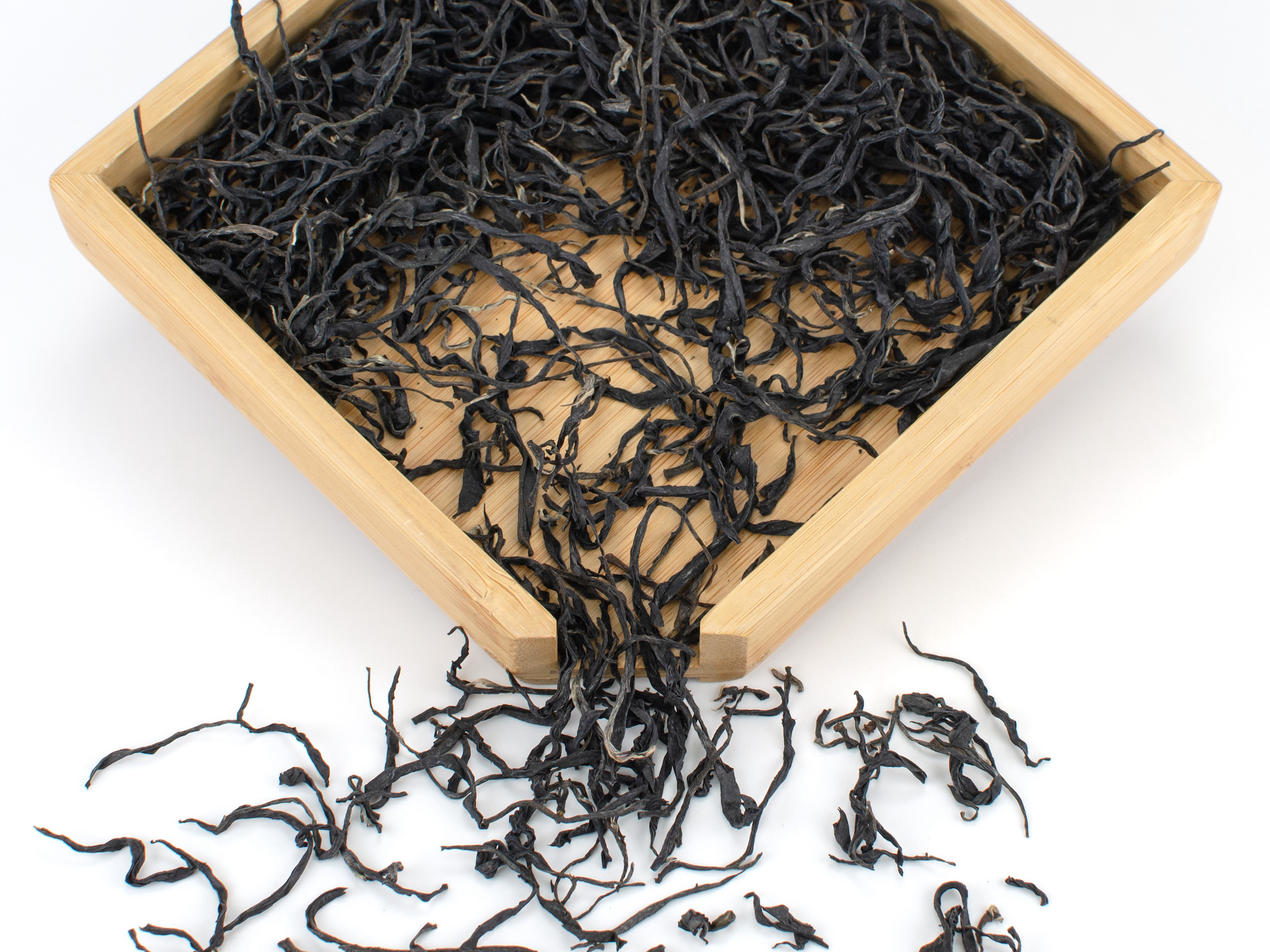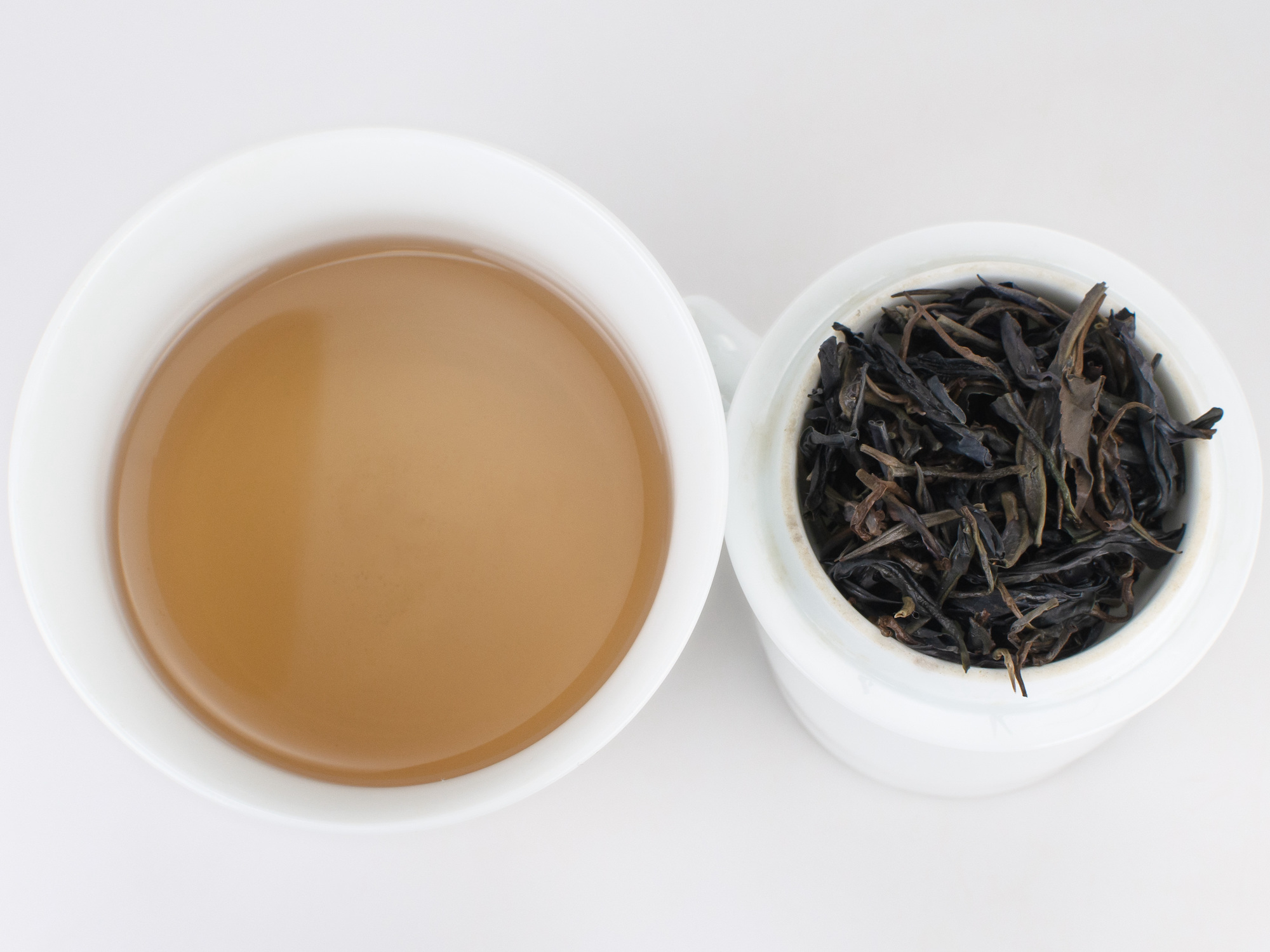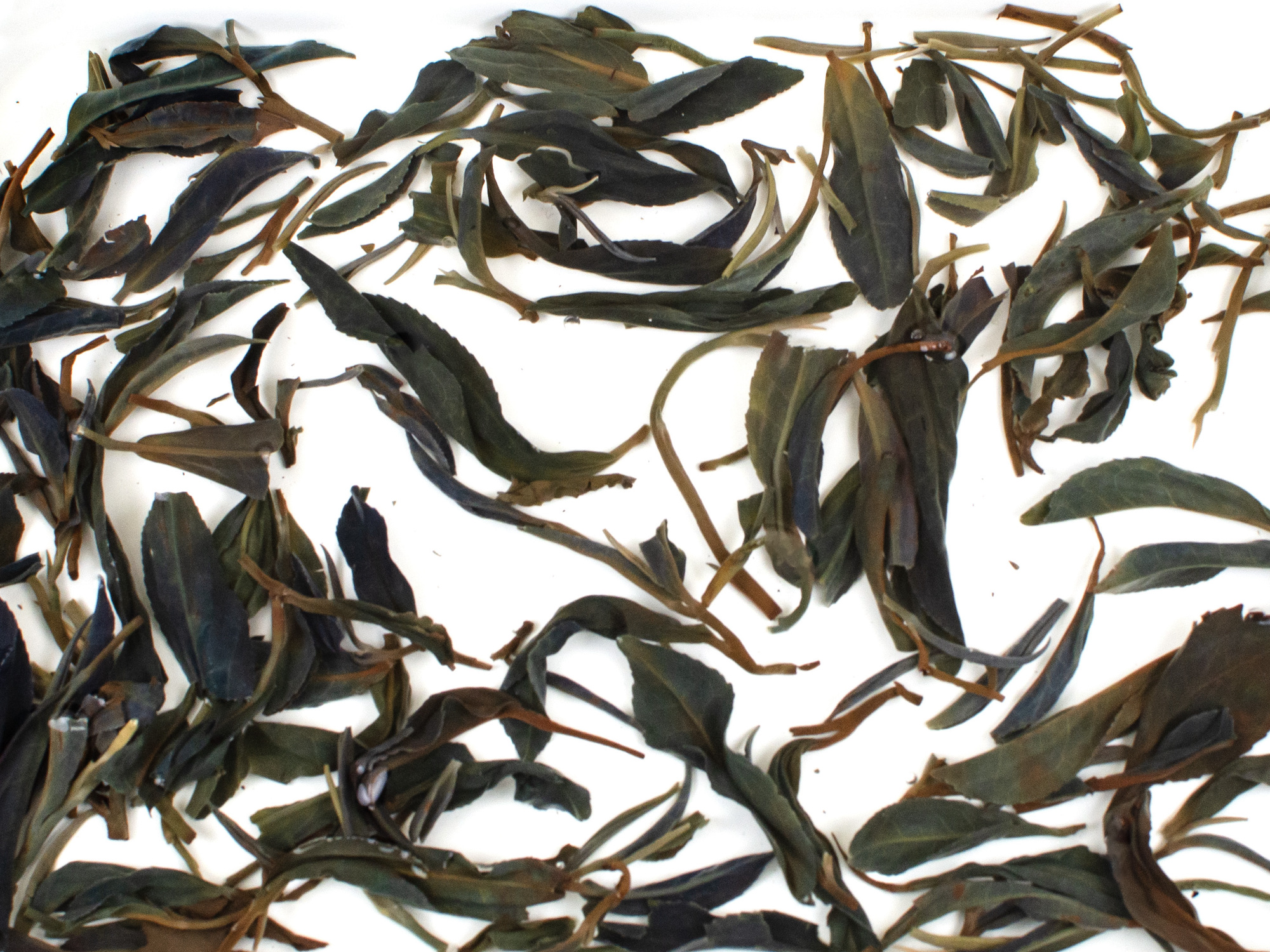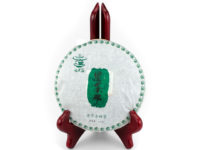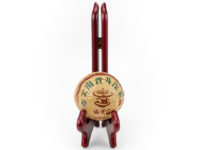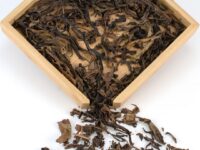Zijuan Chuncha (Purple Spring Tea)
Loose Leaf Sheng Puer 2023
Purple Spring Tea is made from the unique Zijuan dark purple variety of forest grown tea with high levels of anthocyanin flavonoids. At first an airy and light sheng puer with sweet aromatics, its soft flavor deepens with a building floral richness. Complex savory fruit and green vegetal notes like tomato vine and dried apricot linger on the sides of the tongue with a soft, clean finish.
- Tea Origin
- Jinggu County, Pu'er City, Yunnan Province, China
- Tea Bush
- Zijuan Quntizhong (Purple Leaf Heirloom Yunnan Tea Tree)
- Tea Maker
- Gong Liping and Ran Yijun
- Harvest Time
- Late March
- Plucking Standard
- One bud, two leaves
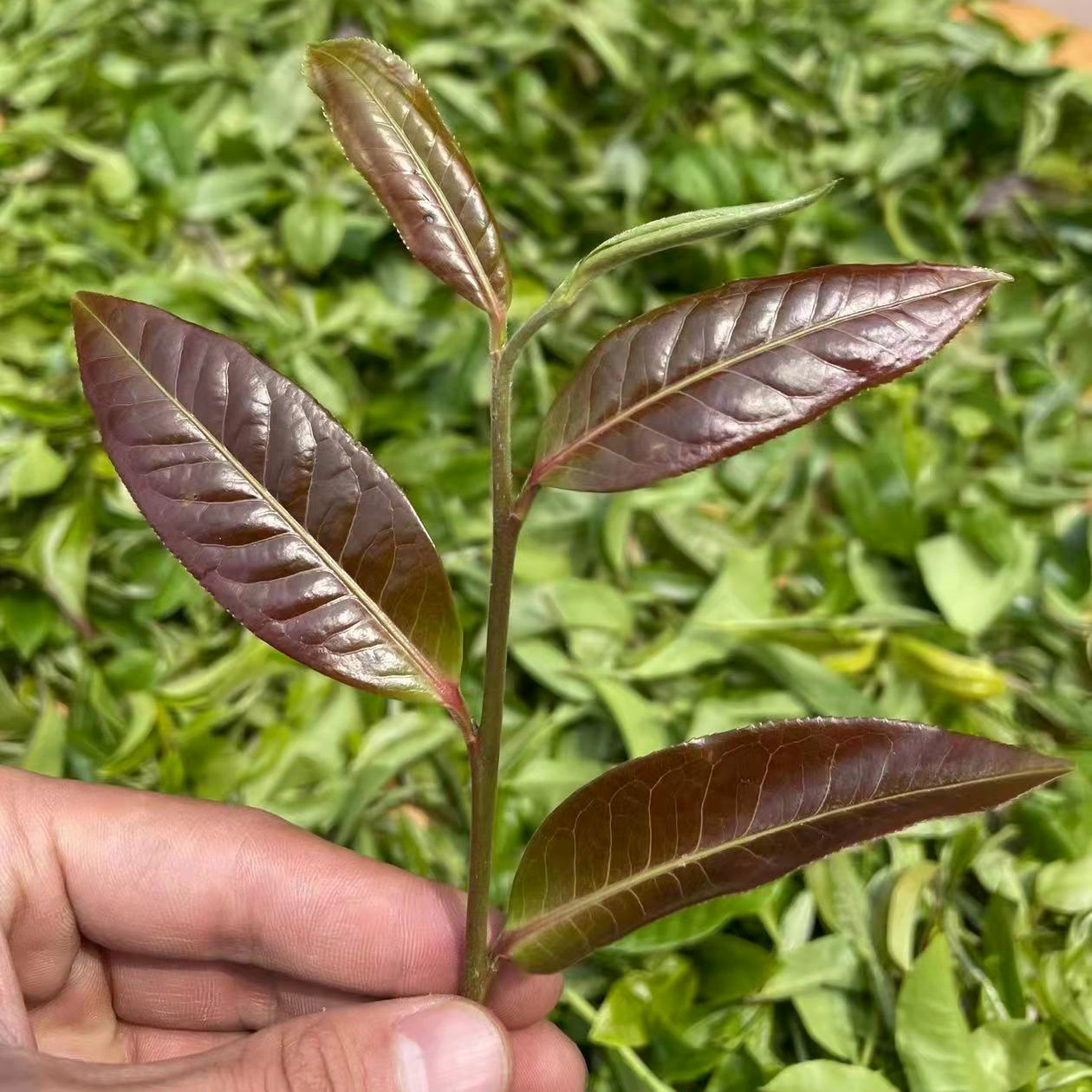
This visually striking sheng puer tea is made using the purple-colored young buds and leaves of old-growth forest tea trees. The atypical coloration indicates particularly high nutrient levels of anthocyanin flavonoids and amino acids. The pale purple-tinted infusion has a unique sweet floral aroma and a lingering flavor that is clean and gentle, with mild astringency compared to other sheng puers.
Purple tea’s color is, of course, its most distinctive characteristic. While the fresh leaves are a rich purple-red, the dried leaves appear black, and the rehydrated leaves reveal elegant gradients of stunning deep blue-green during brewing. People in Yunnan’s tea-growing regions sometimes call it “three-color” tea because of this rainbow transformation. The purple color of the fresh leaf even translates somewhat into the infusion of the tea itself. Instead of a light green or yellow typical of a sheng puer, Zijuan Chuncha brews a delicate yet lively purple-tinted brown due to the purple anthocyanin pigments.
Tea production
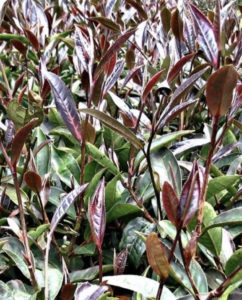
A tea plant that exhibits purple-colored new growth will always produce purple leaves every year. However, only the youngest leaves will display the distinctive purple coloration. The unusual color is darkest when young, fading to a more usual green as they mature. As Zijuan Chuncha is harvested in the early spring when the new growth has only opened one leaf from the bud, the color is still quite intense. Zijuan Chuncha is processed into sheng puer maocha immediately after harvesting. Instead of being taken for further processing and compressed into sheng puer cakes, it is allowed to retain its delicate original loose leaf shape.
History of purple tea
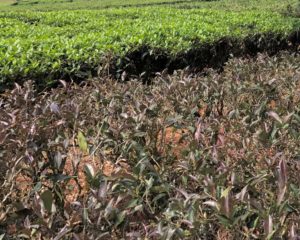
The specific tea plant used to make Zijuan Chuncha is the original forest variety named Zijuan. One of the rarest varieties of tea plant, Zijuan is well known for its intense reddish-purple color that saturates the first several young leaves of new growth and even the stem they grow on. While there are many varieties of purple tea plants, Zijuan is one of the darkest. Some of our other teas, like Hei Tiao Zi (Black Stripe), are made from a lighter variety which has purple leaves but green stems. Since the 1980s, tea scientists from the Tea Research Institute at the Yunnan Academy of Agricultural Sciences have developed a super-dark purple tea cultivar from the original Zijuan trees. The leaves of this second-generation Zijuan cultivar are noticeably darker in color, even when fully mature. Second-generation Zijuan plants are typically reserved for making green tea.
No chemical fertilizer, pesticide, or herbicide was used in the production of this tea. Click here to read more about our promise to fair trade and the environment.

